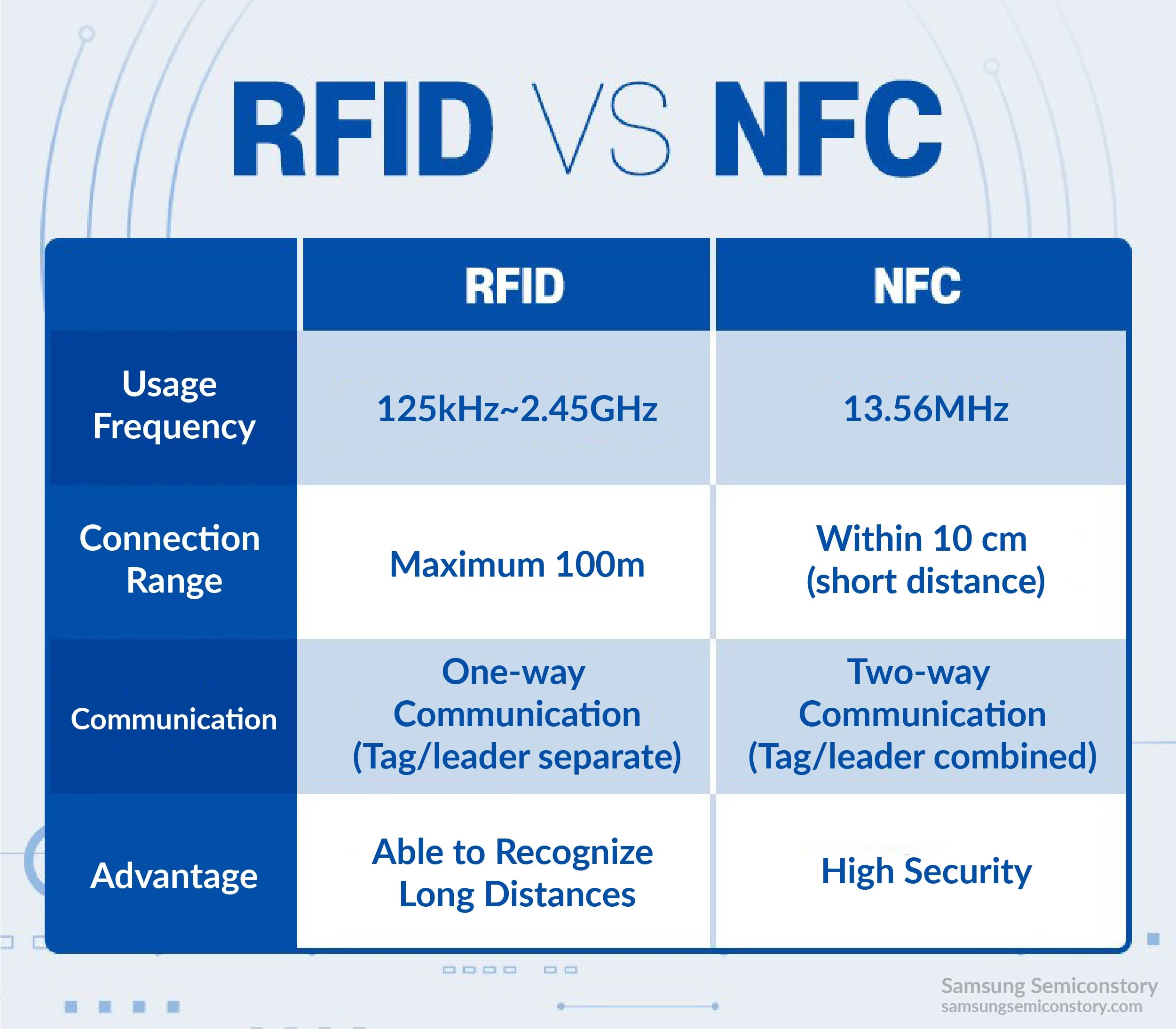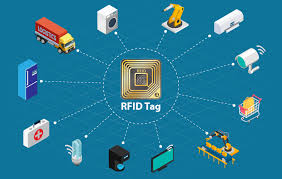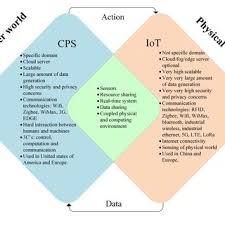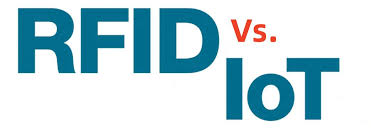In a manufacturing facility, IoT and RFID technologies are seamlessly integrated for efficient asset tracking. RFID tags with unique identification information are affixed to assets, while strategically placed IoT devices, including RFID readers and sensors, continuously monitor and transmit data over the internet.
The terms RFID and IoT are sometimes used synonymously to describe approaches for automatically tracking products, pallets and containers across the supply chain, and users often combine the two technologies. However, RFID and IoT are different in important ways.
RFID generally refers to a technology through which users read data from special RFID tags affixed to items. IoT generally refers to a broader array of technology for the communication and control of smart devices.
Here’s more about RFID vs. IoT as well as how the two can work together.
What is RFID?
The predecessors to RFID technology go back to the 1940s, when scientists discovered various ways to remotely read data from a specially crafted antenna. These systems generally use an active RFID reader to bounce a radio signal off a passive RFID tag. This approach eliminates the need for a battery in the tag, lowering the potential cost of traditional wireless data communications.
Low-cost RFID tags are used for tracking products in shipment and scanning products at the point of sale.
What is IoT?
The term IoT most often describes any approach for connecting physical things to various networks and information services.
Industrial users tend to use the term industrial internet of things, or IoT, to describe multiple ways of monitoring and controlling manufacturing and industrial equipment.
Differences between RFID and IoT

RFID and IoT have some important differences. These include the following:
- IoT can support any network, while RFID requires a specific radio technology.
- IoT can work over short-, medium- and long-range networks, while RFID only works over a few inches or feet.
- IoT can support any kind of data communications, while RFID is only suited for brief tags or authentication tokens.
- IoT is better for capturing real-time sensor data, while RFID is better suited for recording objects’ proximity.
- IoT devices tend to be more complex and expensive, while RFID tags are generally optimized for low cost and simplicity.
- IoT can exchange data across wireless and wired networks, while RFID reads data in one direction from nearby tags.
In addition, less common types of RFID with more expensive active tags can support longer ranges and two-way communication in some use cases.
How RFID and IoT can work together
RFID and IoT are complementary technologies that users frequently combine.
RFID provides dependable connectivity between physical products and RFID readers that are connected to the internet. Most of these implementations take advantage of IoT capabilities for sharing data between physical devices and cloud databases to support various authentication, transaction, analytics and control use cases. Users can sometimes combine these with other technologies such as barcode tags and readers, which can be more cost-effective in some scenarios.
Related Resources
- Innovation Awards APAC 2023 – Project of the Year: Mondelez International–TechTarget ComputerWeekly.com




